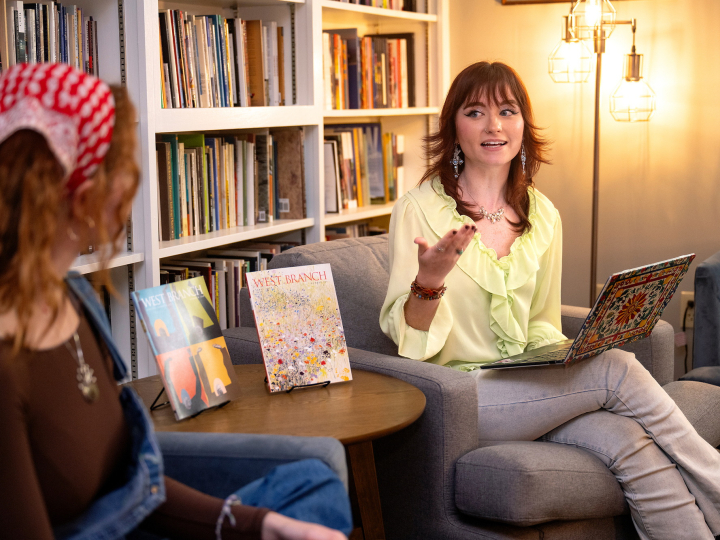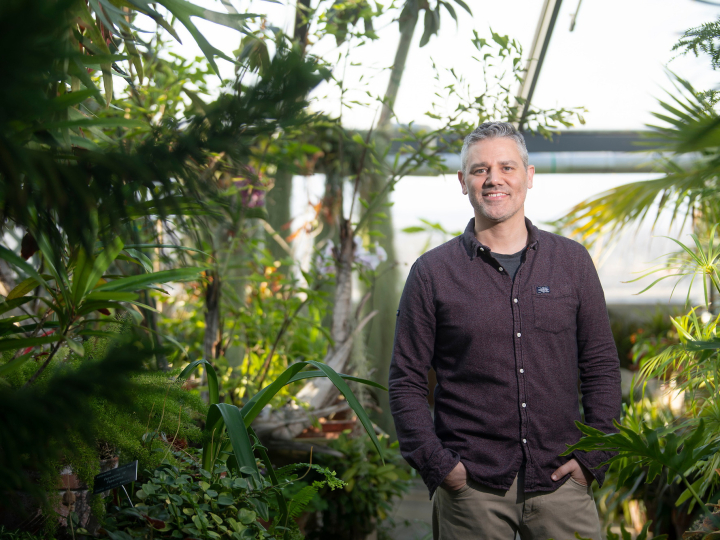Cool Classes: Comic Book Histories of the Middle East
October 18, 2018
What class? Comic Book Histories of the Middle East
Who teaches it? Professor Beeta Baghoolizadeh, history and Africana studies
History is really just an accumulation of good stories. I created this class because I wanted to introduce students to these histories while also understanding a few overarching things about history as a field of study.
Find Your Path
First, histories are written, remembered and challenged by people. Second, it is much easier to learn about new histories when we have a relationship with a character rather than a laundry list of dates and terms. Third, the conflicts and wars we hear about, or don't hear about, affect people and their lives. I want students to understand that history isn't just a timeline of things that happened, but that everything we discuss had an enormous impact on entire populations of real people. And finally, I want to show students that histories can be drafted, documented and disseminated in a variety of ways — including graphic novels.
Sometimes when we read history books, we are inclined to think that they present 'The Truth' with a capital T. We don't realize that most history books are written by normal people with their own perspectives and intentions guiding the narrative. With a graphic novel, it is easier to see how a person's perspective guides how a particular moment in history is remembered and retold.
Because graphic novels incorporate a visual aspect, they lend themselves to sharing information that text-based books don't include — such as patterns of traditional textiles, facial expressions and emotions, landscapes and more — all of which contribute to an enriched understanding of the history and peoples. By exploring history this way, I hope students come to see that the Middle East isn't just a homogenous region with a clearly defined trajectory — there's diversity of religion, ethnicity, race, political ideologies, class and more, all of which contribute to how Middle Eastern stories or histories are told.
The semester is taught in reverse chronological order. It begins with the period that should seem the most familiar to students, since they all lived through it — the 2011 Egyptian Revolution — and goes backward into the mid-20th century. I hope this approach helps them see that even though the characters and contexts change, the humanity remains a constant. History is a process that they themselves can participate in because all histories, ultimately, are by and about people.
See what else Bucknell offers in the Department of History.
Are we missing out on a cool class? Send suggestions to coolclasses@bucknell.edu.

